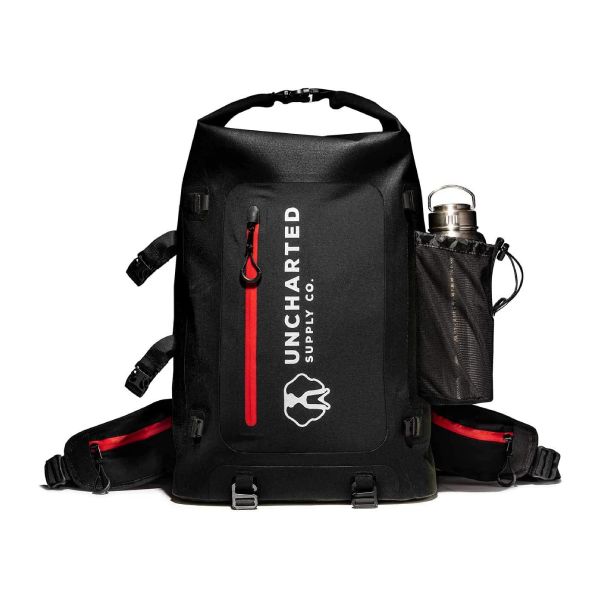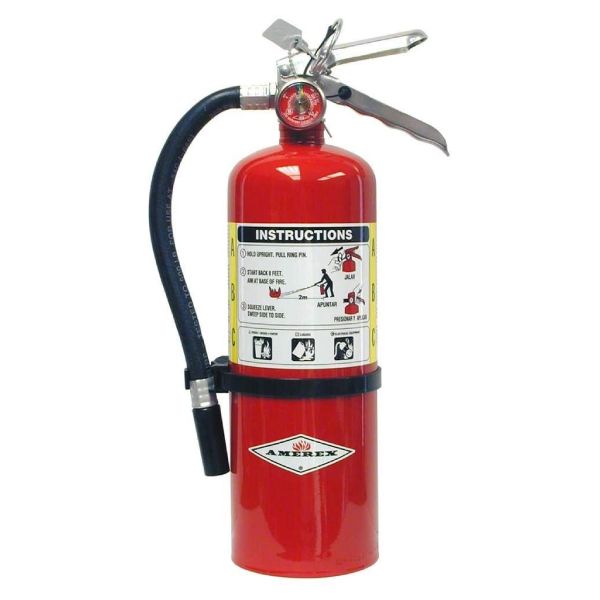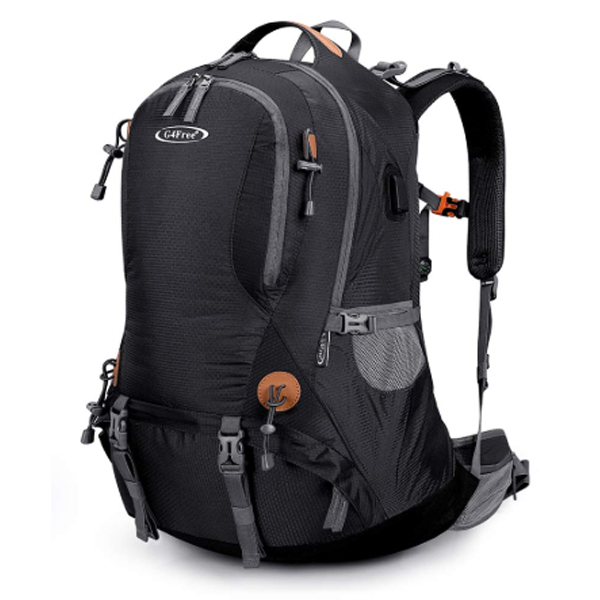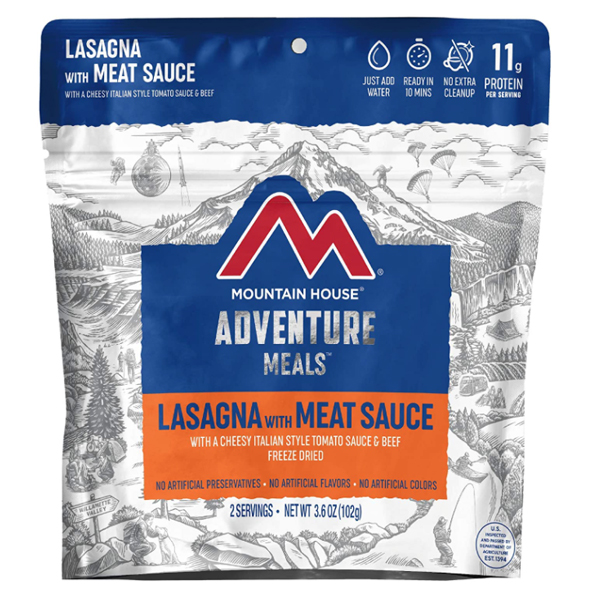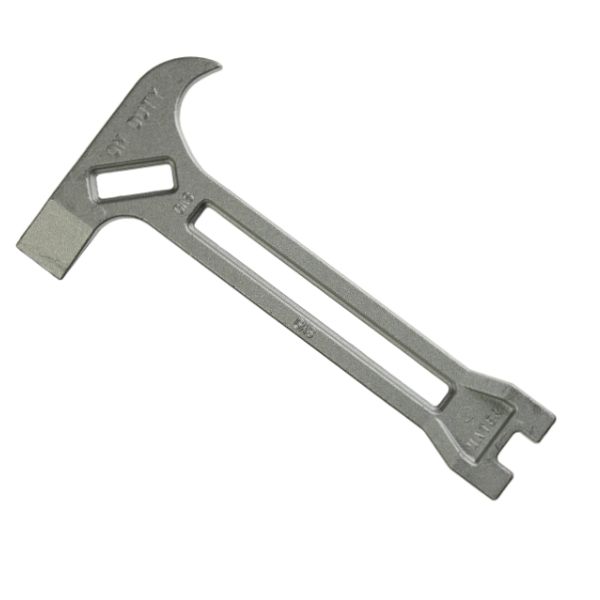Prepare for a Tornado
Tornadoes are terrifying, deadly weather phenomena that are a real threat to many families all over the world. So if you're new to an area where tornado threats are the norm, it can be terrifying to be caught unprepared.
Thankfully, our list of tips and recommended gear can help you be ready for whatever comes your way. Others who weren't so lucky, like the victims of the Joplin tornado that wreaked havoc in Missouri in 2011, had their homes and properties thoroughly destroyed due to tornados - and over 150 people lost their lives.
Experience: Sucked into a Tornado
A man in Texas got caught in a tornado with winds of 140 mph that was roughly 13 football fields wide - that's 1300 yards - and survived. He was sucked out of a nearby building and thrown into the tornado, surviving by gripping onto a truck's tire until it ended. His quick thinking and alertness saved his life.
Tornado Scale
Tornados are rated based on the damage they can cause. The scale of measurement is called the Fujita scale.
| F0 | < 73 mph | Light damage |
|---|---|---|
| F1 | 73–112 mph | Moderate damage |
| F2 | 113–157 mph | Considerable damage |
| F3 | 158–206 mph | Severe damage |
| F4 | 207–260 mph | Devastating damage |
| F5 | 261–318 mph | Incredible damage |
An F2 is a big event and very dangerous.
Preparing for a Tornado
The best way to be prepared for a tornado is to always stay alert, and know the risks. If you live in or are visiting the Midwestern or Southeastern United States, always keep an ear out for tornado sirens and keep an eye on the skies - and the news.
You should also know the signs of a tornado, which include:
- A large, swirling, funnel-shaped cloud in the distance
- A loud roar
- A rapidly approaching cloud of debris
Tips from Someone Who's Been There
A young woman from Kansas shares her tips on how she and her family prepare for incoming tornados. She said that the first thing you should do upon moving to the midwest is sign up for your community's warning system, and to pay very close attention to weather reports. She also advises that all families have a plan and a safe place to take shelter - like a basement.
Preparing a Safe Shelter
Before a tornado hits, you'll want to have a safe space ready for you and your family -- meaning you'll want to house all emergency supplies there. But how do you identify which rooms are safe and which ones are not?
You should always take shelter in a room that has no windows, and is as close to the ground as possible. This means either hiding in a basement, a cellar, a specially-designed tornado shelter, or a small room on the ground floor of your home.
If you don't have a basement, try to hide somewhere like a laundry room or anywhere else in your home where there are no windows or outside walls. It's also very important that you do not stay in a mobile home during a tornado, as they will flip.
Another thing to note is that when you're caught outside of your home, like in your car, you should not take shelter under bridges and overpasses. Bridges and overpasses become targets for incoming debris during tornados, and because of that, there's a higher chance of being struck by something or being blown away due to high winds.
The safest places to take shelter when you're stuck outside is in a ravine, a ditch, or a culvert. However, you will be exposed to rain, hail, flying debris, lightning, and extreme winds. Try to cover yourself to minimize injuries.
In the event that you happen to be caught in a tornado while in your car, the first thing you should do is get out of your car and as far away from it as possible. If you're trapped inside of your car, keep your seatbelt on and keep your head down and covered.
Tornado Preparedness Plan
It isn't difficult to come up with a preparedness plan that will keep your family safe -- the key is making sure everyone has the plan memorized to maximize safety. Here are some key steps to formulate a plan that works for you.
- Sign up for a local warning system
- Have a shelter ready -- like a basement or cellar
- Gather the right supplies and keep them in your emergency shelter
- Stay alert
- Stay away from any windows, outside walls, and doors once in your emergency shelter
You can and should customize your plan to fit your family, and prepare all members for the event a tornado blows through your town.
Remember to gently explain the dangers as not to panic anyone -- and especially keep that in mind when explaining tornadoes to small children. These can be terrifying events for adults to live through -- just imagine it from a child's point of view! Keep calm and try to be comforting to anyone who might be afraid, panicked, or crying while discussing or executing your plan and agreed emergency shelter.
Emergency Preparedness Resources

Popular Emergency Checklists
All | Bug Out Bag | 72-Hour Kit |
Evacuation | First Aid
Scouting - Wilderness First Aid
Emergency Plan (ready.gov)
Emergency Contact Info (ready.gov)
Emergency Plan for Schools (ready.gov)
Tornado Kit - Emergency Gear for Surviving a Tornado
Like any other emergency, you should gather emergency gear to get you through. It's best to come up with a list of everything your family might need beforehand so you have time to gather and store away your supplies.
- 72-hour kit or go Bag - your individual kit should have clothing, gear and supplies for 3-10 days minium
- Food Storage - Take a long food from your long term food storage
Tornadoes don't last very long, however you may need to stock up on supplies. You're preparing for the aftermath, or the event the tornado lasts more than an hour. They typically only last about ten minutes, so your main priority should be getting your pets and loved ones into your emergency shelter. Never leave your pets outside during natural disasters and other emergencies.
However, if tornadoes are known to frequent the area you live in, we recommend stocking up and preparing with supplies anyway. Even if your trips to your emergency shelter are short-lived, they're still frequent, and your shelter should be well-stocked. Be sure to store away the following items.
Enough water for everyone taking shelter -- this includes pets
- Non-perishable food items, such as canned goods
- A can opener
- Flashlights
- Batteries
- First aid supplies
- Baby care supplies, such as diapers and formula (optional)
- Extra pads or tampons
- Extra pet food
- Dust masks
- A battery-powered radio
- A change of clothes
- Blankets and sleeping bags
- Phone chargers
- Fully charged power banks
- Identification and important documents
- A fire extinguisher
- A whistle
Recommended Products
Military Wool Blanket - L
L, 66 x 90 in
Full, 1-person
Generic military wool blanket for emergencies and the outdoors
Buy on Amazon1This post may contain affiliate links. If you make a purchase, I may earn a small commission at no additional cost to you.
2 As an Amazon Associate we earn from qualifying purchases.
3 Most reviews are based on personal experience from one of our content editors. Some are based on research and the opinions of other reviewers.






